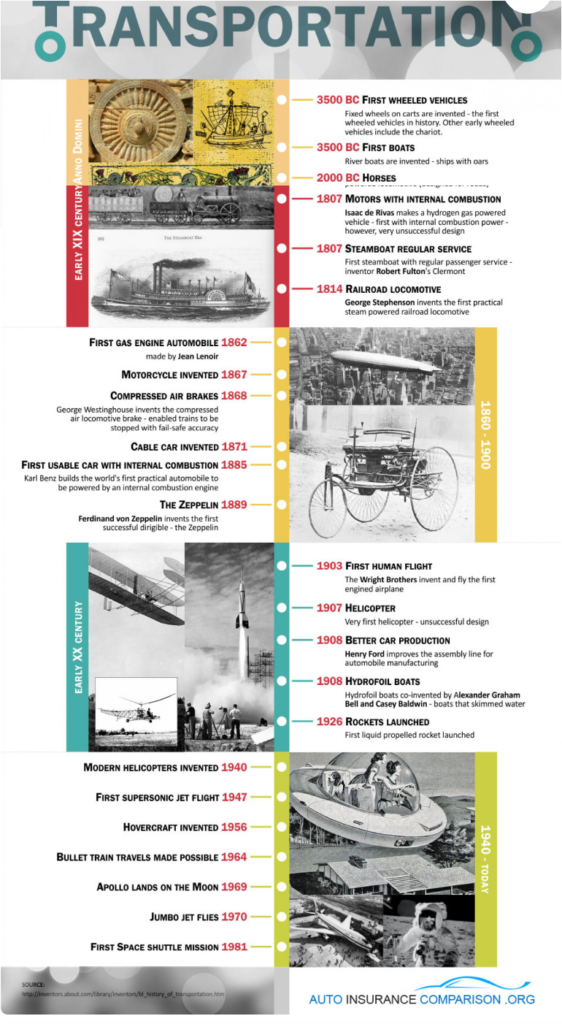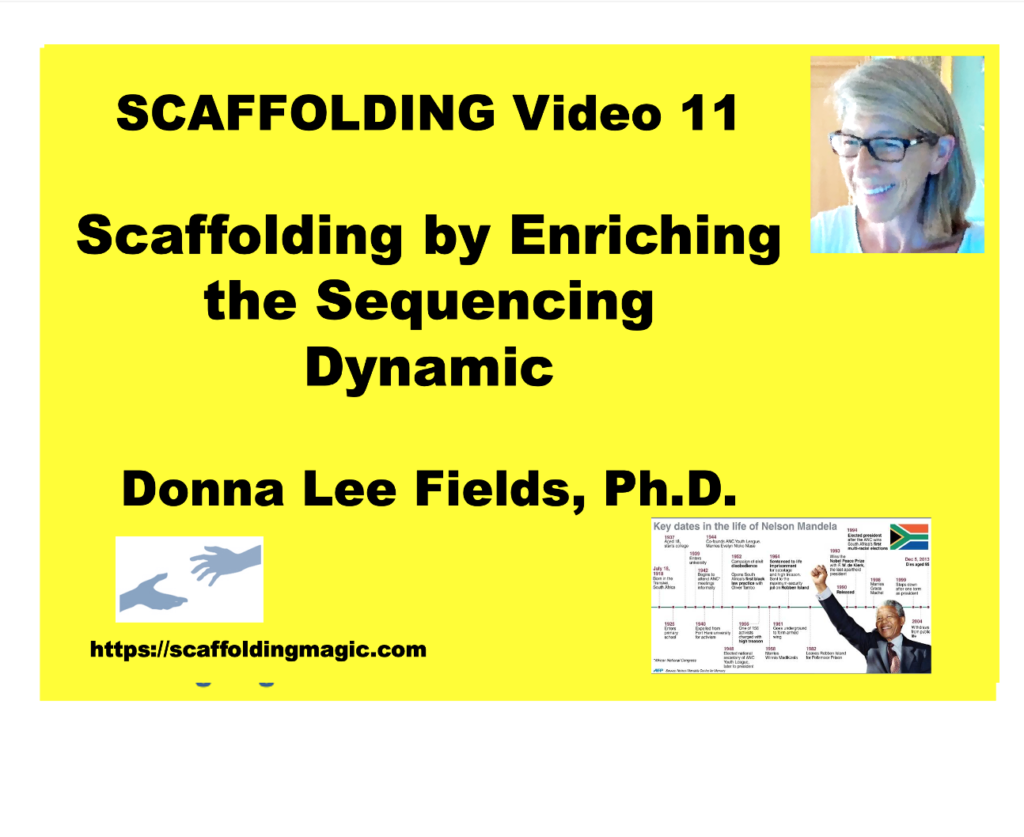You caught a beauty!!!
Download PDF of scaffold here.
theory behind scaffold…
Knowing the sequence of events in a text, story, video, laboratory experiment, sports competition, musical composition, preparation of art materials, etc. is an essential skill for students. This is an integral part of Pre-school and Lower-Primary school lessons, but it is often forgotten in higher grades.
Sequencing is a concept that needs to be repeated throughout the education process. We need to intentionally give our students the opportunities to be able to recognise and express sequences, and we need to provide the phrases they can use to clarify the ordering of events. It might be motivating to know that studies show that students are able to recall information more accurately if they´ve been schooled in sequencing.
The art of ordering is a skill that requires critical thinking as it obligates the students to see both sides of an issue, be open to new evidence, and deduce and infer conclusions from available facts.* Inferential reasoning enables students to construct new knowledge by considering, connecting past knowledge to new. If we want to delve into the biology of the skill, you might be interested to know that the dynamic activates the hippocampus, which is the part of the brain responsible for retaining short-term, long-term and spatial memory. So, the more we give students the opportunity to develop this part of the brain, the more we are aiding them in strengthening neuron connections.
In this scaffold, students have a platform to not only review the concept of sequencing, but also to use creative skills in filling in events that did – or might have – occurred between the given information included in the activity.
In other words, our students are encouraged to develop inferential reasoning. They order events that have happened, and then fill in missing information that is insinuated, or that they imagine happened – through educated inferencing.

Let’s use the timeline for transport as an example. We’ll focus on the phrases: ‘First…’, ‘Second…’, and ‘Third…’; however, if you find that your students are ready for more, there´s a list at the end* that you can add to raise the level of their dialogue.
Step by step…
- Choose the information to use in this activity …………………………
- Place the images …………………………………..for students.
- Print or write the sequencing phrases ‘First…’, ‘Second…’, and ‘Third…’) in large letters on separate pieces of paper and post them on the wall so that all the students can see them.
- Us…………………………………………………n. (You can prepare a few students beforehand to model the activity so that it is more accessible to the rest of the class.)
- Formative assessment: Project the images ……………………………………s they’ve been practicing.
- Reflection: Students ………………………………….(Example: …………………………………. I liked being able to speak about transport. I liked working with my classmates and listening to them talk about transport. ……………………………….’ I am now more interested in transport because I had fun doing the activity.’
*Becoming a High Expectations Teacher
More Sequencing Phrases:
- First of all,
- To start off with,
- Initially,
- To begin with,
- Then,
- After that,
- Next,
- Immediately,
- Suddenly,
- Unexpectedly,
- Finally,
- In the end,
- Eventually,
*See The Research Done By John Hattie On The Learning Impact Of Teachers’ Expectations Of Their Students.
Flashcards for more image sequencing


Scaffoldingmagic.com is your entryway into DYNAMIC bilingual learning methodologies, such as Phenomenon-Based Learning, CLIL, EMI, and ESL. You’ll find ways to implement critical thinking tools (DOK) to promote higher level thinking, the growth mindset, instill an ethic of excellence, deep reflection on learning, and all through multi-cultural, interdisciplinary activities. We have the keys to turning competences into action and to creating collective efficacy in your school so you move ahead as a unified, enthusiastic team.





